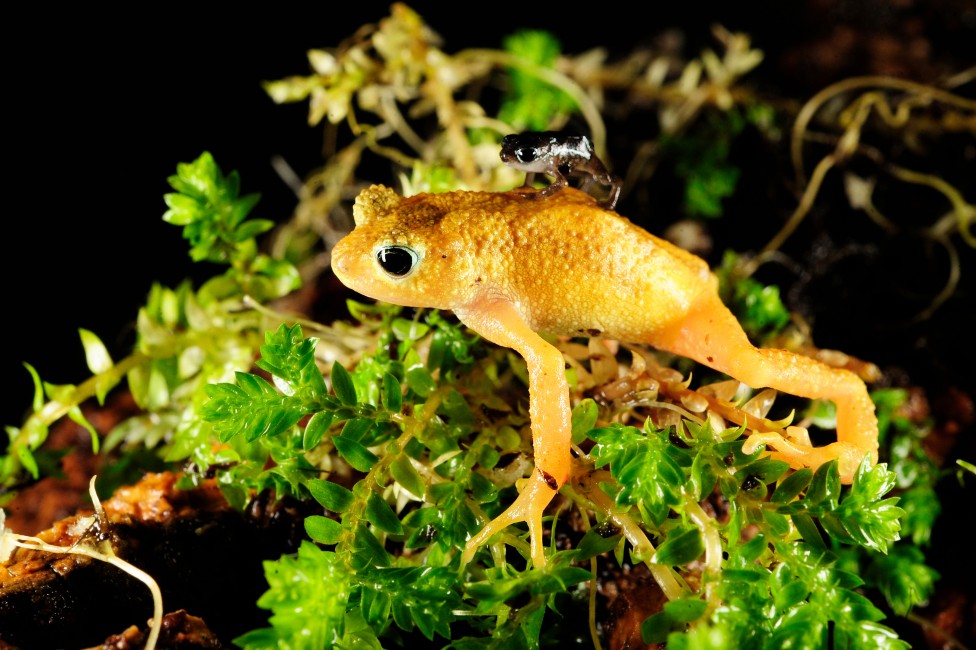
July 23, 2014
Menu for a Tiny Toad
- as seen by -
 Avishai Shuter
Avishai Shuter
“What do you feed such a small animal?”
This may be one of the most common questions I’m asked concerning the once-extinct-in-the-wild Kihansi spray toad (Nectophrynoides asperginis). This diminutive amphibian, no bigger than a quarter, was rescued from the brink of extinction by the Wildlife Conservation Society in November of 2000, when 499 individuals were relocated from Tanzania to WCS’s Bronx Zoo. The offspring of those founders now number well into the thousands.
So, what’s on the menu for these tiny toads?
Research has shown that in the wild, the diet of these toads was very diverse. Gut analyses of wild spray toads revealed arthropods belonging to 18 different phylogenetic orders. Taking into account such significant diversity, we have attempted to replicate the varied food items available in nature for our zoo animals.
At the Bronx Zoo World of Reptiles, we currently propagate many species of insects with the goal of providing a dietary variety to our collection. On a regular basis, the Kihansi spray toads are offered pinhead crickets, springtails, bean beetles, orange isopods, and two different species of fruit fly (D. melanogaster and D. hydei). However, providing a diverse diet is just one aspect of spray toad nutrition.
All food items offered to the toads are first coated in a supplement powder. We utilize six different kinds in order to ensure the toads are receiving all the nutrients they need to stay healthy (such as calcium and vitamin A additives). We rotate the use of these supplements so we can be sure the toads are receiving a well-balanced diet.
To answer the question “what’s for spray toad dinner?” It depends entirely on the day. The Kihansi spray toad daily special could be pinhead crickets covered in vitamin A additive, or possibly fruit flies coated in calcium-phosphorus supplement powder.
Although tiny in size, these voracious toads are actually quite capable predators, and aren’t very picky when feeding time rolls around!
Nikon D4
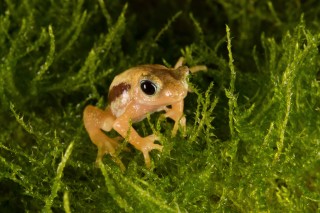
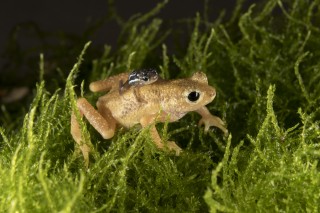
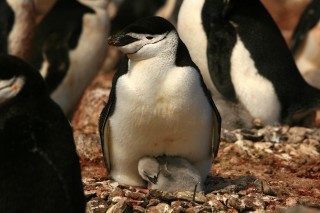
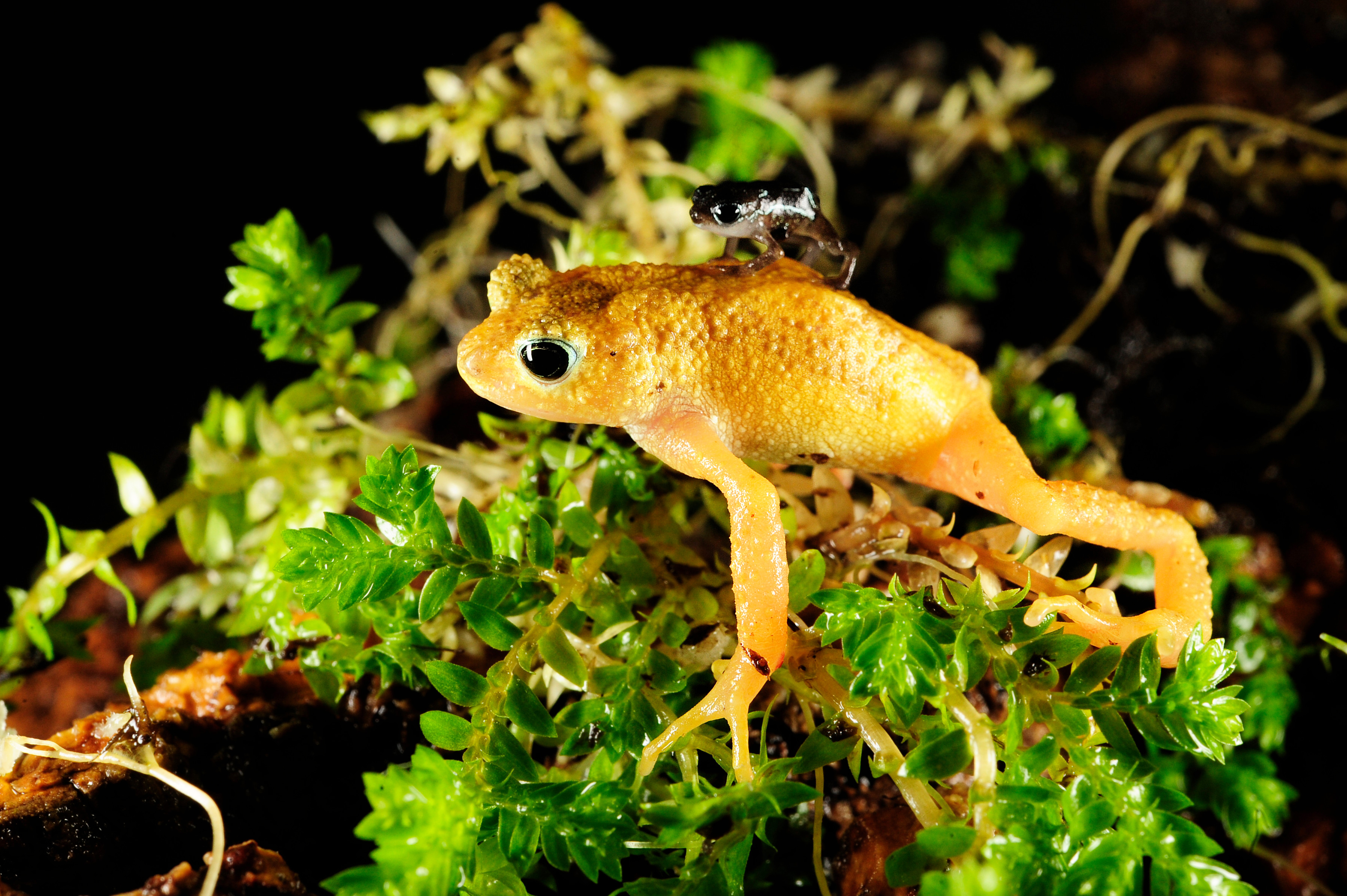
Leave a Comment
Julie Larsen Maher
July 26, 2014 at 10:55 am
In my job as Wildlife Conservation staff photographer, working with our keepers at WCS is of paramount importance in getting great photos. I appreciate their knowledge of our wildlife and passion for what they do.